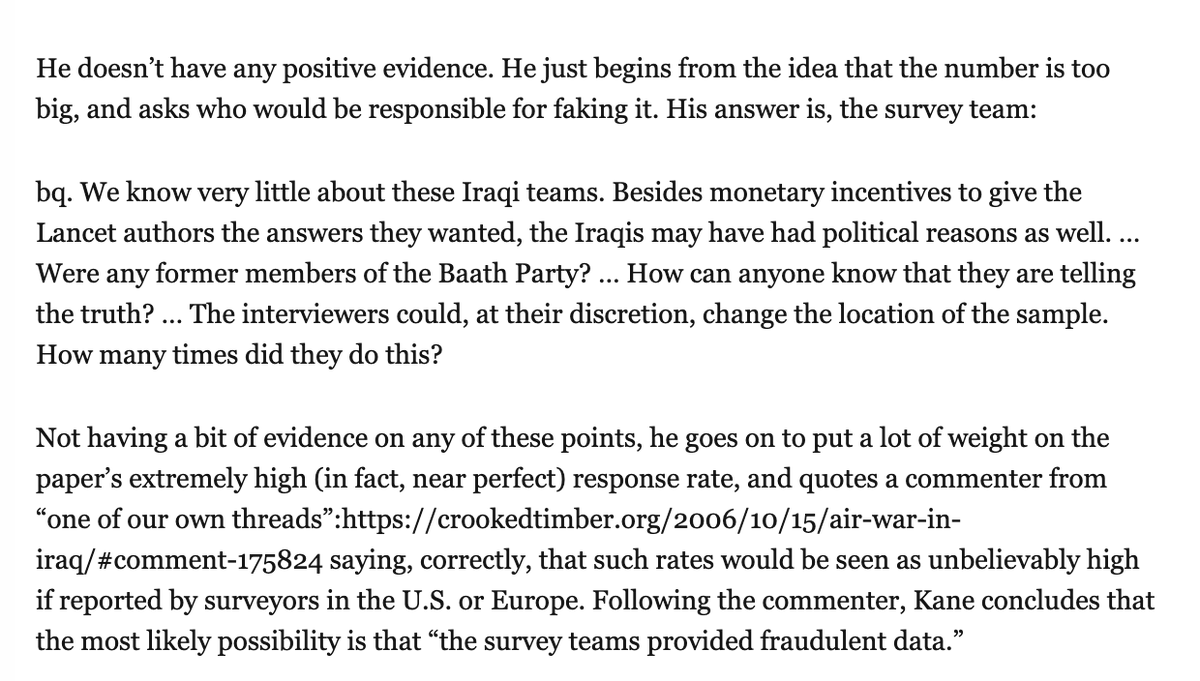
This is a more wonky thread about how I made this visualization in #Rstats using the awesome visNetwork 📦...
sophieehill.shinyapps.io/my-little-cron…
sophieehill.shinyapps.io/my-little-cron…
First step is to create the underlying network data. We need one file of "nodes" - i.e. the people and organizations. And one file of "edges" - i.e. the connections between them.
I created these by hand, based on excellent investigate journalism:

I created these by hand, based on excellent investigate journalism:


Now we can pull these together to create a network visualization!
You'll notice that I included a column for "type" in the nodes file. This allows me to use different icons for people vs firms vs political organizations.
You'll notice that I included a column for "type" in the nodes file. This allows me to use different icons for people vs firms vs political organizations.

All the icons are taken from @fontawesome. I *think* the visNetwork 📦 currently only works with fontawesome version 4.7, which is a bit limited – e.g. I decided to use a book icon to represent the fringe Evangelical Christian sect "Exclusive Brethren"! 😂 

I very much enjoyed getting to use the "incognito" icon to represent all the unknown donors that have funded Tory MP Owen Paterson's overseas jaunts! 

The icons are also scaled by how many "edges" connect to each "node".
Unsurprisingly, this means that the UK government and the Conservative party emerge as the most connected nodes in this network!

Unsurprisingly, this means that the UK government and the Conservative party emerge as the most connected nodes in this network!


The great thing about visNetwork 📦 is that it's SO easy to make this visualization interactive with #RShiny.
You can add pop-up boxes ("tool-tips") that show more information when the user hovers over a node or edge – perfect for linking to the original reporting that I used.
You can add pop-up boxes ("tool-tips") that show more information when the user hovers over a node or edge – perfect for linking to the original reporting that I used.

Check out the full code and data on github! github.com/sophieehill/my…
• • •
Missing some Tweet in this thread? You can try to
force a refresh









